One of the most common questions I receive is “What should I grow first?”. Here’s what I tell people our strategy was in response:
Start With Something You Like and Buy a Lot
We started with kale, spinach, and lettuce. These items cost us $10 a week at the grocery store whenever we tried to eat healthy and I loved the idea of having unlimited salad greens in my backyard. I had a feeling it would cause me to eat more salad greens and it certainly has. Kale and spinach are also incredibly nutritious and can easily be snuck into pasta and smoothies for the kids.
Replace Your Dry Seasonings With Fresh Herbs
Another reason I started a garden is that I wanted to have access to fresh herbs for cooking. They’re ridiculously marked up at the grocery store and the flavor and nutritional value of fresh herbs compared to store bought dry seasonings are simply remarkable.
Carrie’s homemade pizza with fresh oregano, basil, and thyme is incredible and I love adding rosemary to chicken and steak dishes.
You can also dehydrate them to preserve them for long-term use. We also preserve these herbs by freezing into cubes of oil. The difference in taste and quality vs store bought herbs will astound you.
The herbs will also help keep pests away from other plants in the garden. Check out more about companion planting and what plants benefit others within our free iOS & Android app!
Try a Three Sisters (Corn, Beans, Squash) Garden!
The “three sisters” method of planting originated with the Native Americans and involves growing corn, squash, and beans together in the same bed. All three plants work together to help each other out.
You start by planting the corn and squash sometime in mid-May (I’m zone 7 in Oklahoma, adjust for where you are). If you haven’t already, check out our free iOS & Android app that will give you exact planting dates on 100+ fruits, vegetables, and herbs based upon your location!
Then you plant the beans a few weeks later. The corn provide vertical support for the beans to grow up, the beans feed the soil by taking nitrogen out of the air, and the squash vines out through the corn blocking weeds from sprouting and helping the soil retain moisture.
It’s a fun way to start gardening and you’ll learn a lot about how plants work together in the process!
Whatever You Want!
One of the things I love about gardening is the sense of adventure and freedom it provides. The garden is a blank canvas in which you can fill however you want. Each new season is an opportunity to try something new and find a new food you love. The main thing that’s important is that you’re trying. Even if something doesn’t grow the way you want or if you don’t have the success you want, keep trying. I’ve failed more times than I can recall but it’s all worth it when you sink your teeth into a watermelon you’ve raised all the way from a baby seedling.
Learn more about growing over 100 different foods, including how to manage various pests in our FREE iOS, Android, or Universal Web App!
Dale Spoonemore is the visionary co-founder of “From Seed to Spoon,” a groundbreaking platform that has revolutionized the way individuals approach gardening. His journey from a novice gardener to a leading advocate for sustainable living and mental wellness through gardening is a source of inspiration to many. Dale’s personal transformation and dedication to making gardening accessible and enjoyable have propelled “From Seed to Spoon” to become a vital tool for gardeners of all skill levels.
Dale’s venture into gardening began as a personal quest to improve his family’s health and well-being. Faced with the challenges of learning how to garden without prior experience, Dale turned his journey into an opportunity to simplify gardening for others. He leveraged his background in technology to develop the “From Seed to Spoon” app, which guides users through the process of starting their own gardens with ease. The app covers everything from selecting the right plants for your region to tracking your garden’s progress.
Beyond the app, Dale’s contributions to the blog reflect his deep understanding of gardening, his commitment to organic practices, and his belief in the therapeutic benefits of connecting with nature. His posts are rich with practical advice, personal anecdotes, and a clear vision for a healthier world through gardening. Dale often shares innovative gardening techniques, ways to incorporate technology into gardening, and tips for growing a wide variety of plants.
Dale’s passion for gardening is matched by his advocacy for mental health. He openly discusses how gardening has been a crucial part of his own mental health journey, offering a powerful testament to the restorative and calming effects of nurturing plants. Through his work, Dale aims to inspire others to discover gardening as a pathway to physical and mental health, sustainability, and a deeper connection with the environment.
As a key voice on the seedtospoon.net blog, Dale Spoonemore continues to educate, inspire, and empower individuals around the globe to start their own gardening adventures. His story is not just about planting seeds in the ground; it’s about planting seeds of change in communities, encouraging a shift towards more sustainable living practices, and fostering a global movement of wellness through gardening.

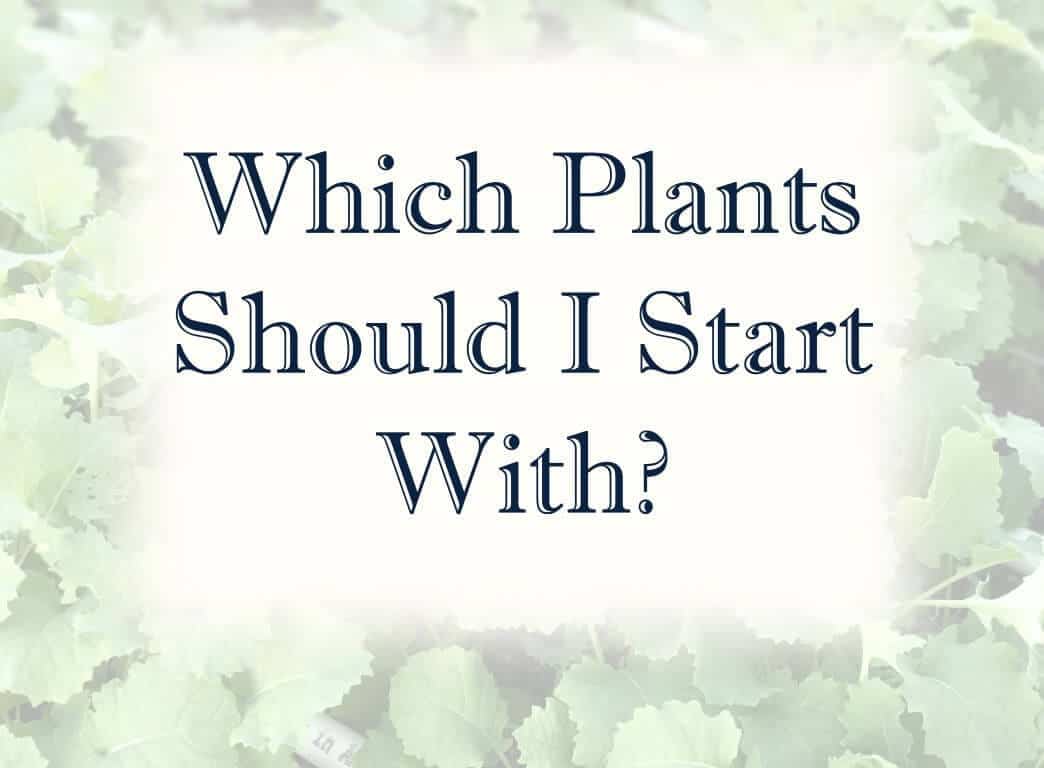

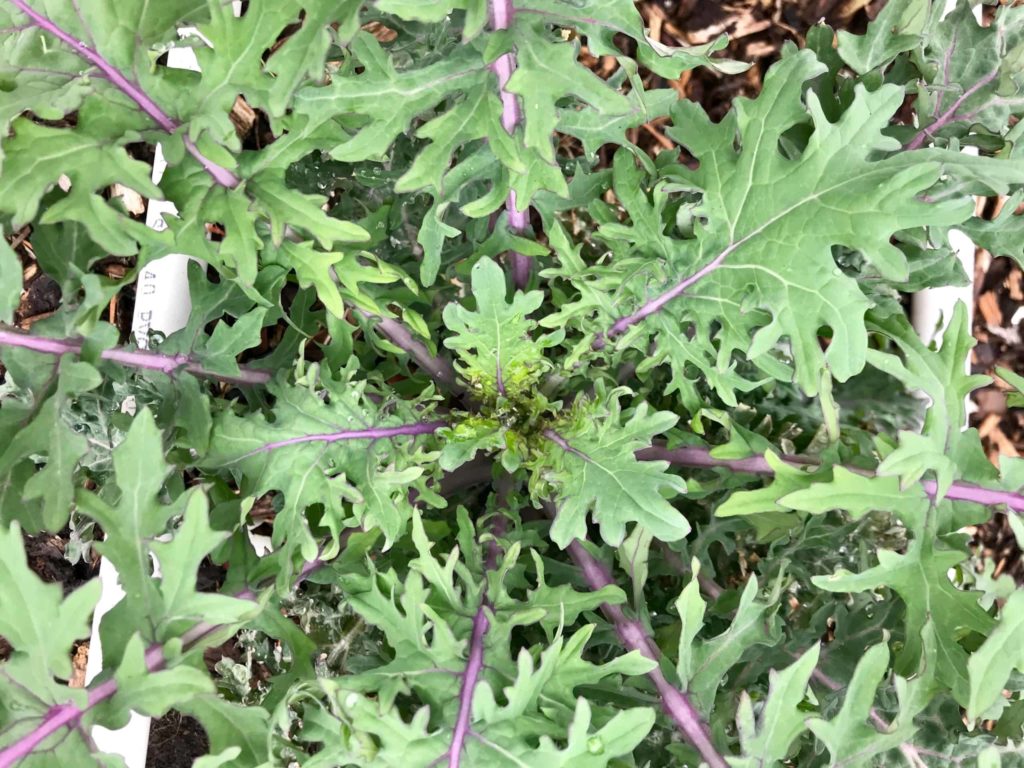
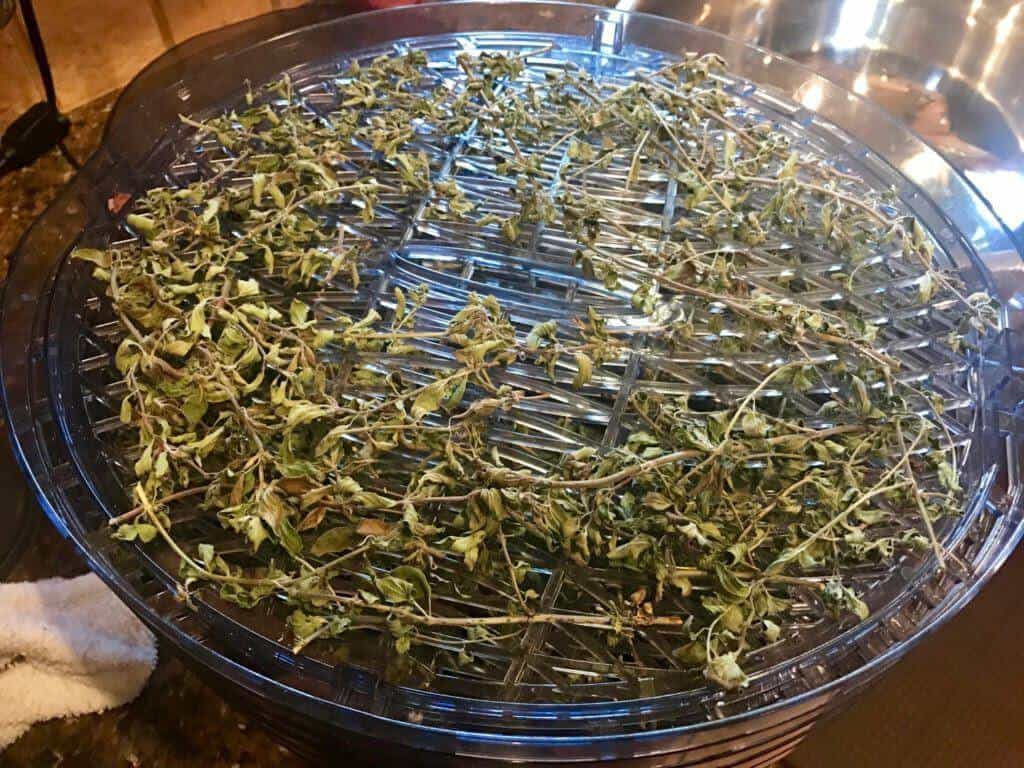
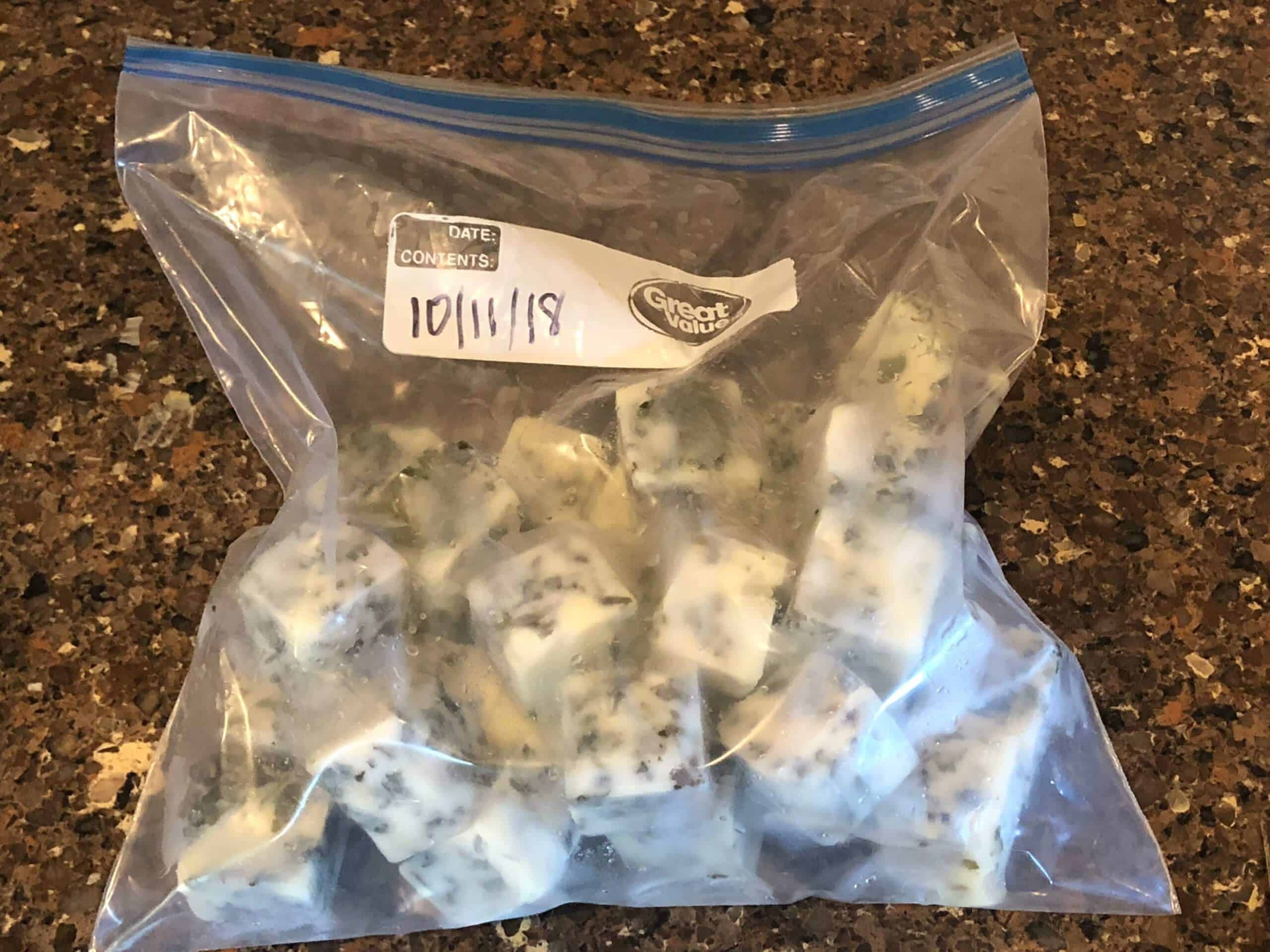
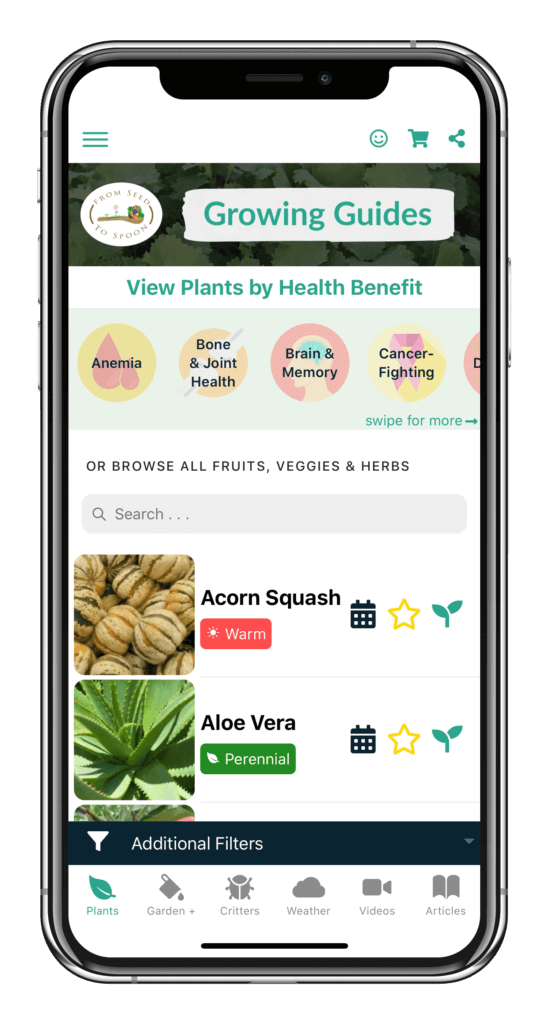

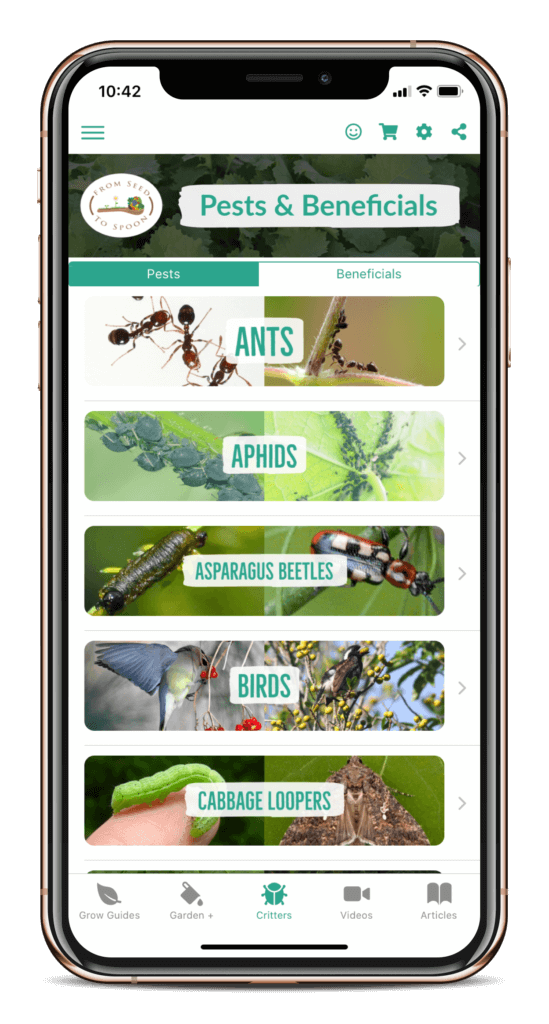






One thought on “FAQ – “I Want to Start Growing Food But I Don’t Know What to Try First””